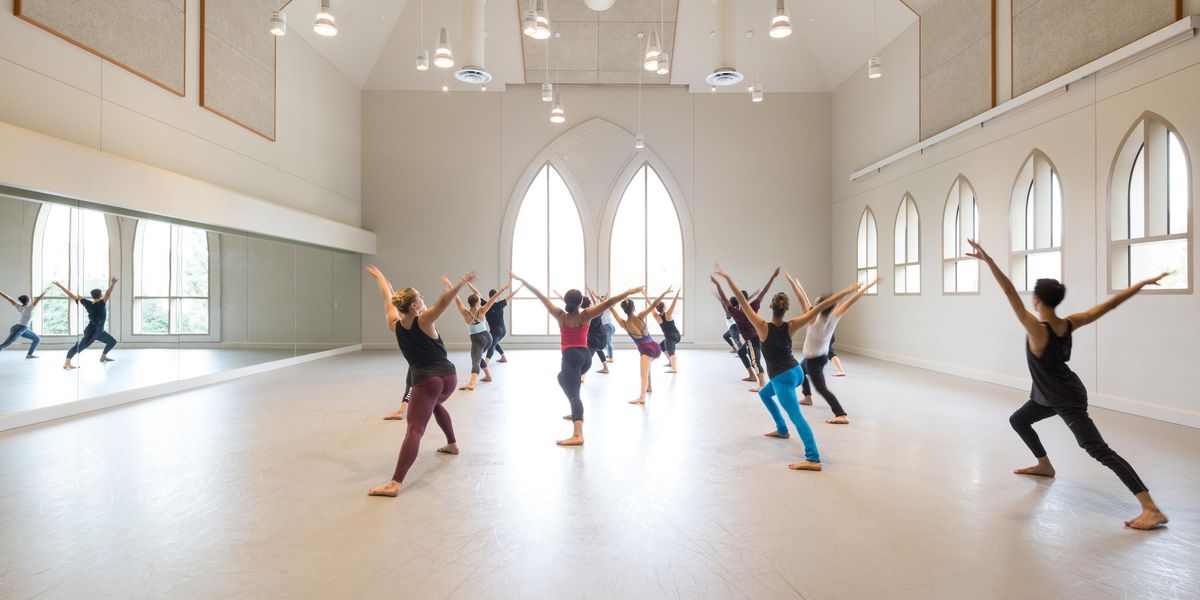Trisha Brown on Pure Movement
Used in lecture-demonstrations in the mid-70s
Pure Movement is a movement that has no other connotations. It is not functional or pantomimic. Mechanical body actions like bending, straightening or rotating would qualify as pure movement providing the context was neutral I use pure movement a kind of breakdown of the body’s capabilities. I also use quirky; personal gestures, things that have specific meaning to me, but probably appear abstract to others. I may perform an everyday gesture so that the audience does not know whether I have stopped dancing or not and; carrying that irony further, I seek to disrupt their expectations by setting up an action to travel left and then cut right as the last moment unless I think they have caught onto me in which case I might stand still.
I make plays on movement like rhyming or echoing an earlier gesture in another part of the body at a later time and perhaps out of kilter. I turn phrases upside down, reverse them, or suggest an action and then not complete it—or else over state it all together. I make radical changes in a mundane way. I use weight, balance, momentum, and physical actions like falling and pushing.
I say things to my company like “toss your knees over there” or “Start the phrase and then on the second count start it over again,” or “Do it and get off it.” I put all these movements together without transitions. I do not promote the next movement with a preceding transition and therefore, I do not build up to something. If I do build up, I might end it with another build up.
I often return to a neutral standing position between moves. It is, for me, a way of measuring where I have been and where I am going. An even pulse (without musical accompaniment) does the same thing with time. A pulse brackets a unit of time that can be measured; divided; filled up completely or partially.
If I am beginning to sound like a bricklayer with a sense of humor, you are beginning to understand my work.
Originally published in the Trisha Brown section of
Contemporary Dance, edited by Anne Livet, published by Abbeville Press, 1978. Reprinted in Trisha Brown: Dance and Art in Dialogue, 1961–2001, published by the Addison Gallery of American Art, distributed by MIT Press, 2002.
Photo from Perron collection.




